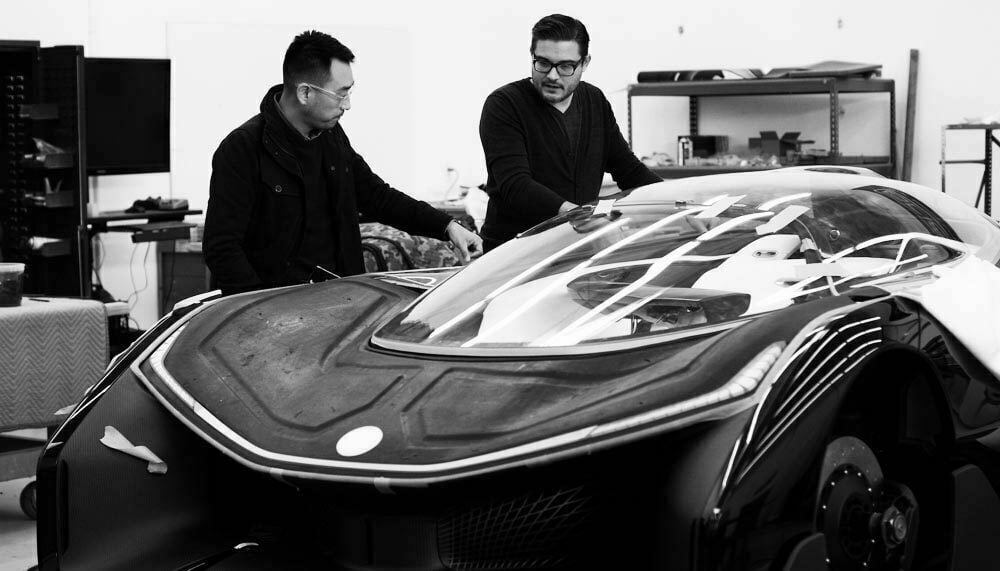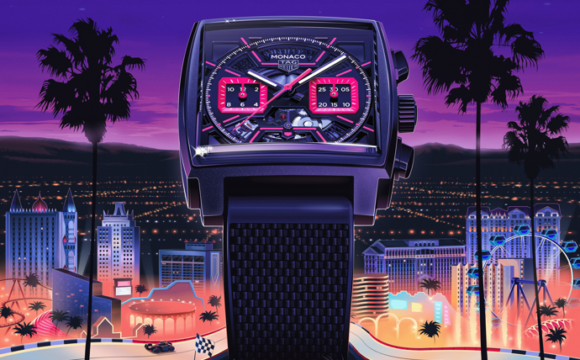A SINGLE-SEATER CONCEPT fuels AN ELECTRIC DREAM

Moments after unveiling the head-turning FFZero1 at the annual Consumer Electronics Show (CES) in Las Vegas, Faraday Future’s head of global design, Richard Kim, took the stage to share his vision for the prototype. “It’s not so much a concept car, more a car of concepts," he said.
What this means is that FFZero1 will remain as a prototype — as most concepts do — till Faraday Future is able to produce a vehicle for sale. Concept wise, the FFZero1 is a potentially game-changing vehicle loaded with forward-thinking features and progressive design aspects that could define the future of single-seater electric cars.
Built upon California-based company’s core Variable Platform Architecture, a reflexive engineering system that all its future automobiles will incorporate, the aerodynamic FFZero1 will be constructed from lightweight composite and carbon-fibre materials. Its four motors — one at each wheel — impel the vehicle with more than 1,000hp, pushing it from zero to 60mph (96km/h) in less than three seconds, and propelling it to a maximum speed of 200mph (321km/h). Aero tunnels run through the vehicle, decreasing drag and cooling the car’s battery strips.
FFZero1’s boldest exterior feature is most presumably its ‘UFO line’, an angular stripe of glowing lights intended to mark the vehicle as one that’s not quite of this world. Indeed, it’d be fair comparing the car’s futuristic façade and tech-savvy interior to modern iterations of a Batmobile designed for racetracks.
In the white carbon-finished cockpit, the lone seat is leveraged at a 45-degree angle that propels the body toward the sky, while aiding blood circulation and providing lumbar support. To keep the driver’s body in optimal condition while driving, water and oxygen are fed to the driver via a custom helmet. Smartphones, inserted directly into the steering column, act as middleman between car and driver, conveying real-time images and analyses of vehicle performance. The system will also have the ability to project augmented visuals onto roads, and accommodate autonomous driving capabilities.
Faraday Future also has plans in the pipeline to design more vehicles, with talks of launching the first car in four years. In just one and a half years, the company has hired over 750 employees. And with the company revealing its plan to invest US$1 billion in its first production facility — a three-million-sq-ft plant in Las Vegas — perhaps, the future will arrive sooner than expected.
Richard Kim
Head of Global at Faraday Future

Richard Kim is the head of global at Faraday Future, where he oversees all aspects of the company’s products and branding. Prior to that, Kim led BMW to design the i3 and i8 concepts which went into production thereafter.


















